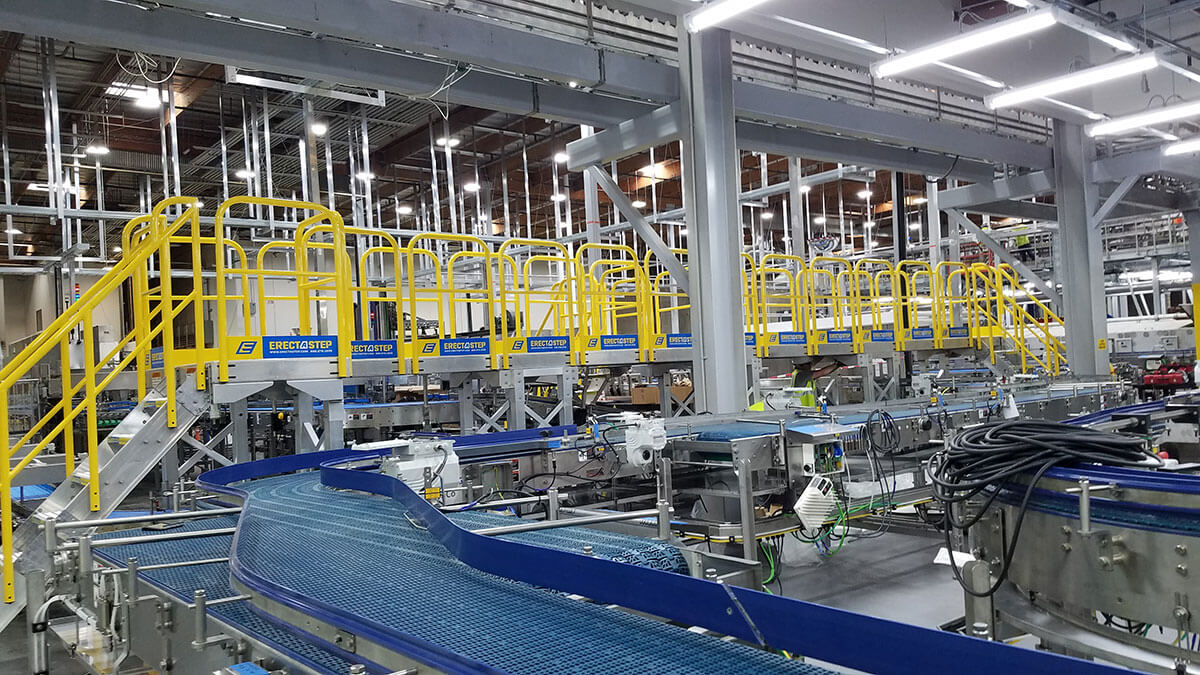Alternating stairs or alternating tread stairs include stairs with staggering treads, allowing users to climb and descend at an increased pitch. These stairs are ideal for spaces where standard stairs cannot be set.
Designers specifically created alternating stairs to maximize space efficiency. The treads alternate between left and right, meaning each step supports only one foot. This unique design allows for a steeper inclination angle, typically between 50 to 70 degrees, making them ideal for tight spaces like lofts, attics, mezzanines, and industrial facilities.

Applications:
- Residential: Common in lofts, attics, and other compact living areas.
- Industrial: Frequently used in maintenance areas, storage spaces, and other environments with limited space.
Benefits:
- Space-Saving: Uses less horizontal space compared to traditional stairs.
- Cost-Effective: Typically requires fewer materials, reducing costs.
- Versatile: You can customize them to fit various architectural styles and functional needs.

Ship Ladders: A Viable Alternative to Alternating Stairs
While alternating stairs provide an excellent solution for maximizing space efficiency in tight areas, ship ladders offer an alternative option that meets the same safety and space requirements. Ship ladders are designed for environments where conventional stairs cannot be accommodated.
A: They are used in spaces like lofts, attics, and certain industrial settings where space is limited.
OSHA Compliance for Alternating Stairs
The Occupational Safety and Health Administration (OSHA) has specific guidelines for alternating tread-type stairs, a type of stairway with treads attached in an alternating pattern to a center support. OSHA classifies these as non-standard stairs and permits them only in situations where standard stairs cannot be accommodated, such as in limited spaces. To ensure safety and compliance, here are the key OSHA guidelines for alternating tread-type stairs:
- Design: Alternating tread stairs must be installed at an angle of 70 degrees or less.
- Load Capacity: These stairs must support a minimum uniform load of 100 pounds per square foot.
- Slope: The angle of the stairs must be between 50 and 70 degrees from the horizontal.
- handrails: The distance between the handrails should be between 17 to 24 inches (51 to 61 cm).
- Tread Depth: The minimum tread depth must be 8.5 inches (22 cm).
- Open Risers: If the tread depth is less than 9.5 inches (24 cm), the risers must be open.
OSHA confirms that alternating-tread stairs are safe when properly installed and maintained according to these guidelines.





